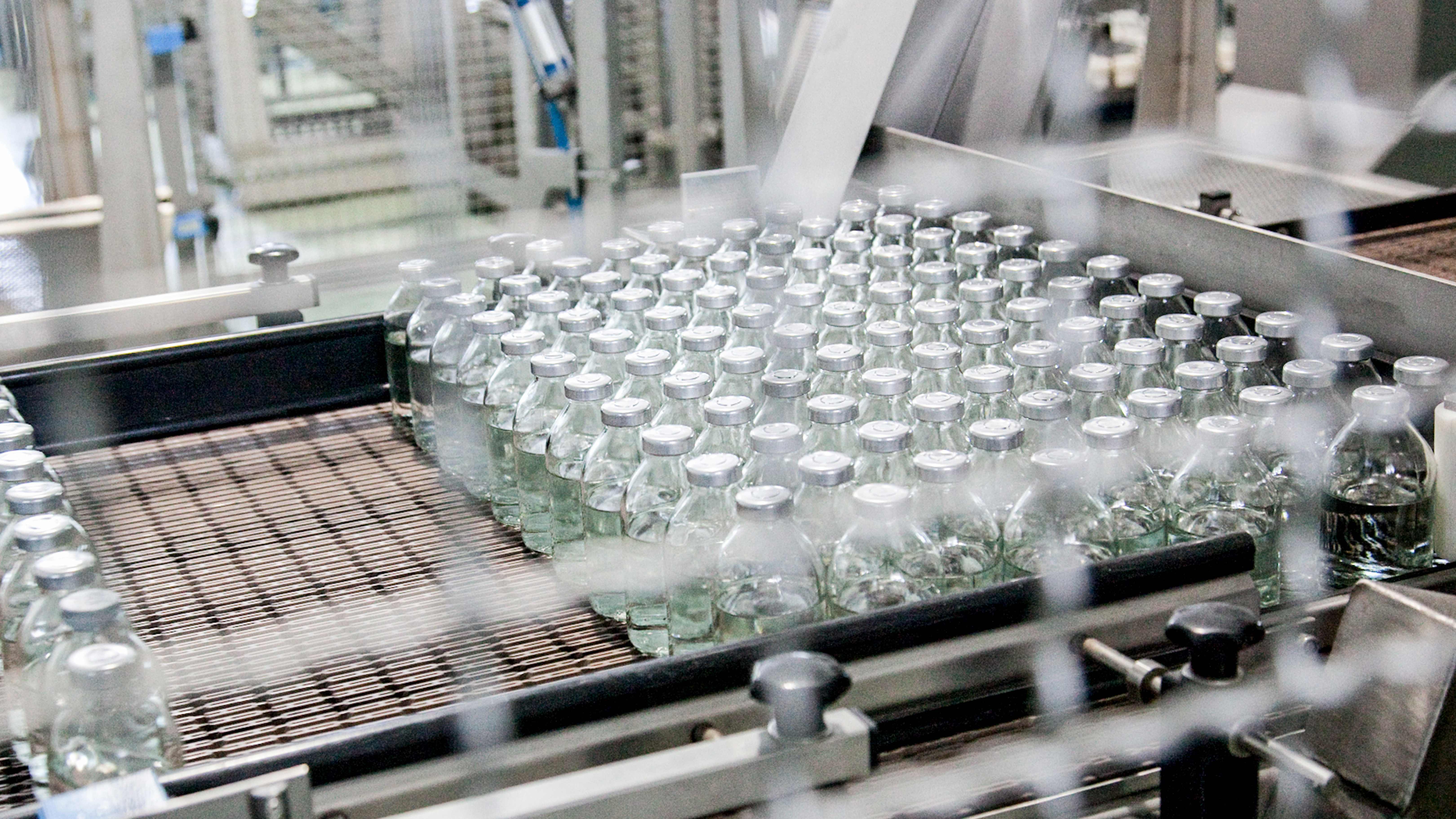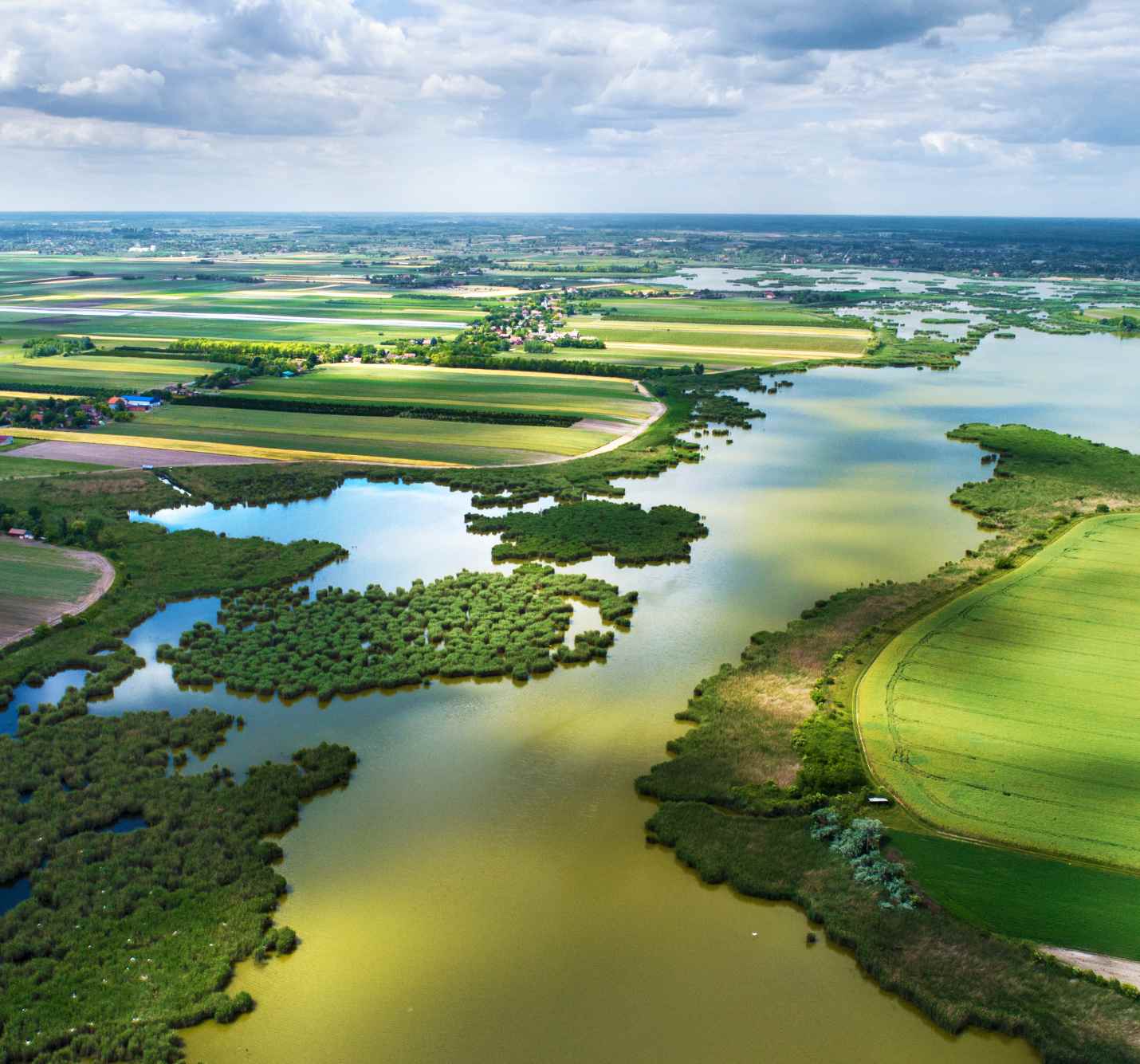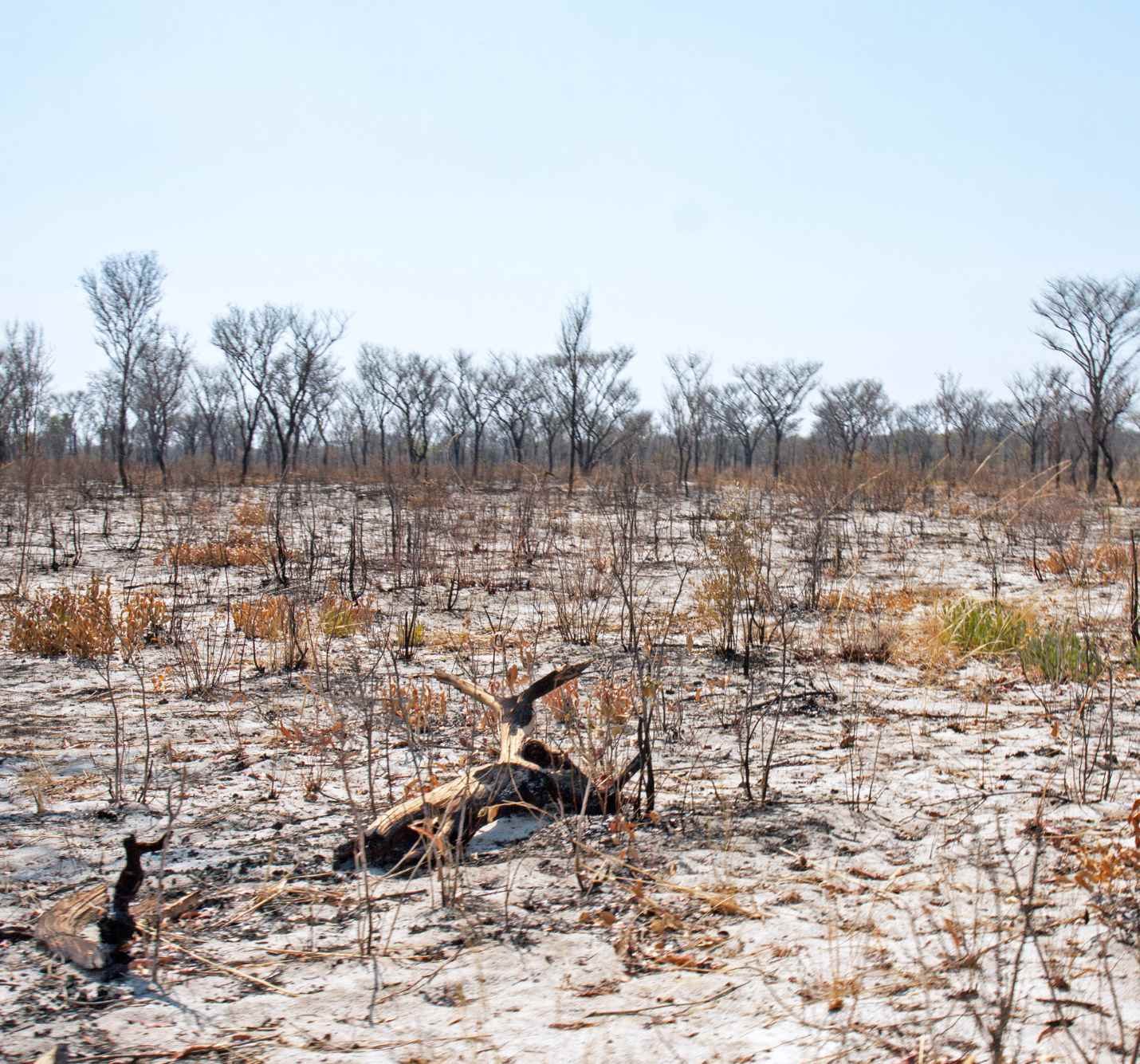Let’s talk
Medicines save lives and power thriving societies. The pharmaceutical sector fuels innovation, high-skill jobs and resilient health systems - yet it also relies on nature for water, raw materials and inspiration, and can drive pressures through sourcing, manufacturing and end-of-life.
The foundations pharma depends on clean water, stable climates, healthy ecosystems and trusted community relationships. These are under strain which raises operational, regulatory and supply risks across complex global value chains.
But transformation is possible and urgent. With science-based targets, safer-by-design chemistry, circular supply chains and credible disclosure, pharma can reduce harm, restore nature and strengthen health outcomes worldwide.
The sector sits at the crossroads of human and planetary health. Expectations for responsible sourcing, safer chemistry and transparent reporting are rising quickly. Four trends are reshaping how companies operate and disclose:
From the Global Biodiversity Framework to CSRD/ESRS, ISSB and TNFD, companies are being asked to assess dependencies and impacts, set targets, and disclose credible nature strategies across the value chain. Sector-specific TNFD guidance now maps LEAP to pharma activities and metrics.
Regulators and buyers expect greener chemistry, lower toxicity and tighter control of emissions with end-of-life management and take-back schemes gaining traction. Early movers are building advantage through “safe and sustainable by design.”


If left unaddressed, sector challenges will raise costs, disrupt supply, and undermine trust in life-saving products.
Manufacturing is water-intensive; discharges (including APIs/antibiotics) can affect ecosystems and resistance risks. Sites in stressed basins face growing operational and regulatory exposure.
Process chemicals, solvent use and energy intensity drive pollution and GHGs across R&D and manufacturing — with stricter limits and reporting now expected.
Bio-based inputs, minerals and intermediates often sit deep in supply chains, where nature impacts and social risks can be hardest to manage and evidence.
Improper disposal of products and packaging creates downstream impacts; take-back, collection and safe treatment are uneven across markets.
If managed well, pharma can reduce risk, improve access and accelerate innovation that benefits people and nature.
Water stewardship, energy efficiency and greener chemistry reduce operational risk, compliance costs and volatility across key sites and suppliers.
Design products and processes to use safer substances, minimise waste and enable recovery/reuse - improving performance and meeting evolving standards.
Credible TNFD-aligned disclosures, SBTN targets and measurable site-level outcomes open doors to purchasers, payers and sustainable finance.
Landscape collaboration, fair benefit-sharing for genetic resources, and community partnerships build trust, enable access and deliver measurable nature and health benefits.

We work with our clients to map nature impacts and dependencies throughout their agricultural value chains, identifying priority pressures such as deforestation, soil degradation, or water stress.

We collaborate with client teams to translate material nature-related impacts and dependencies throughout agri-supply chains into business risks and opportunities.

We support clients to distill nature-related dependencies, impacts, risks and opportunities into credible reporting that can be used to drive action.

We help craft credible nature strategies with clear targets and actions that tackle key dependencies, impacts, and risks while unlocking opportunities that drive business value and sustainable performance.